Memorials hold a significant importance in the lives of many, providing a place to grieve, cherish and preserve memories. They help us think about the future and are usually in the form of personal memorials like marble headstones or bespoke monuments. These memorials can be private or on display for the public to see and be involved in.
Many famous memorial sites around the world offer beautiful landscapes that attract tourists from everywhere. These public places usually feature memorials dedicated to notable figures in history or are meant to remember tragic events from the past.
Memorials are of great importance in helping people cope with the loss of their loved ones. This article aims to educate and inform readers about famous memorials around the world and how effective they are in providing a healthy and beautiful way to grieve and remember.
Here is the list of famous memorials in the USA, UK, Australia and Canada
Contents
USA
Lincoln Memorial
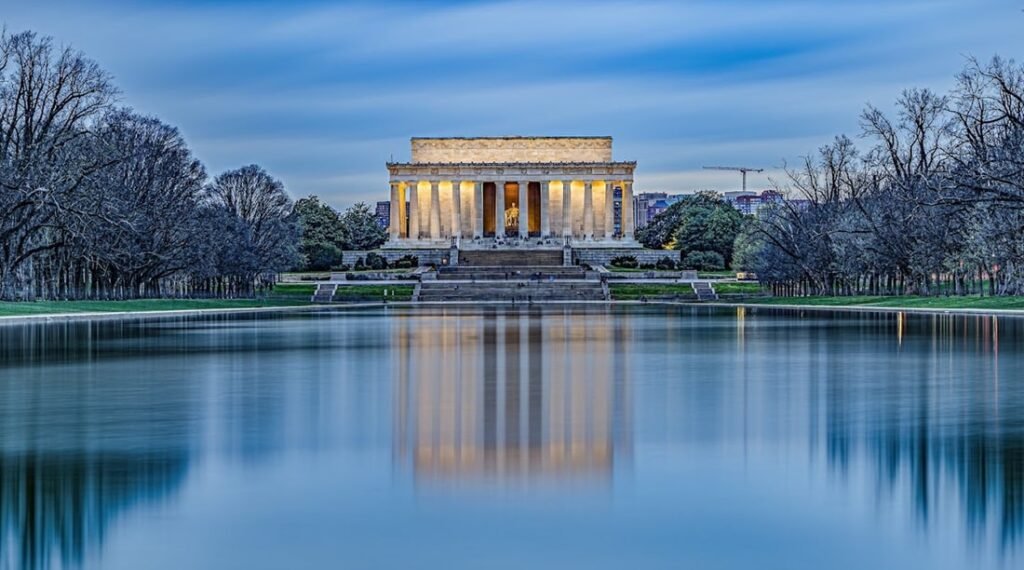
The National Mall is a vast park located in the heart of Washington, D.C. One of its prominent features is the Lincoln Memorial situated at the western end of the park. From the steps of the monument, one can enjoy an unobstructed view of the long reflection pond, the Washington Monument, the National World War II Monument, and the distant U.S. Capitol building.
Wright Brothers National Memorial
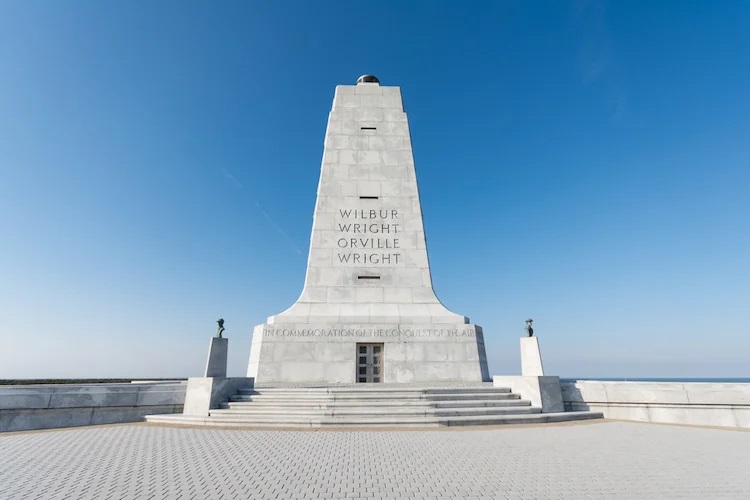
The town of Kill Devil Hills was established in 1953. However, many years before that, an event of great importance took place in the area. Situated on the beautiful North Carolina coast, Kill Devil Hills got its name from a potent moonshine favored by pirates. It is located between the sparkling waters of the Atlantic and a series of massive rolling sand dunes. In the early 1900s, two pioneering young men, Orville and Wilbur Wright, were captivated by these dunes.
At the time, the location was remote and isolated. With its dunes, some of which were over 100 feet (30.5 meters) high, it provided the Wright brothers with an ideal location to experiment with their gliders. The area’s steady winds greatly facilitated flight. After designing, building, and flying gliders, the Wright brothers constructed a powered airplane known as the Wright Flyer. On December 17, 1903, Orville piloted the plane on its first flight, making aviation history.
UK
Angel of the North
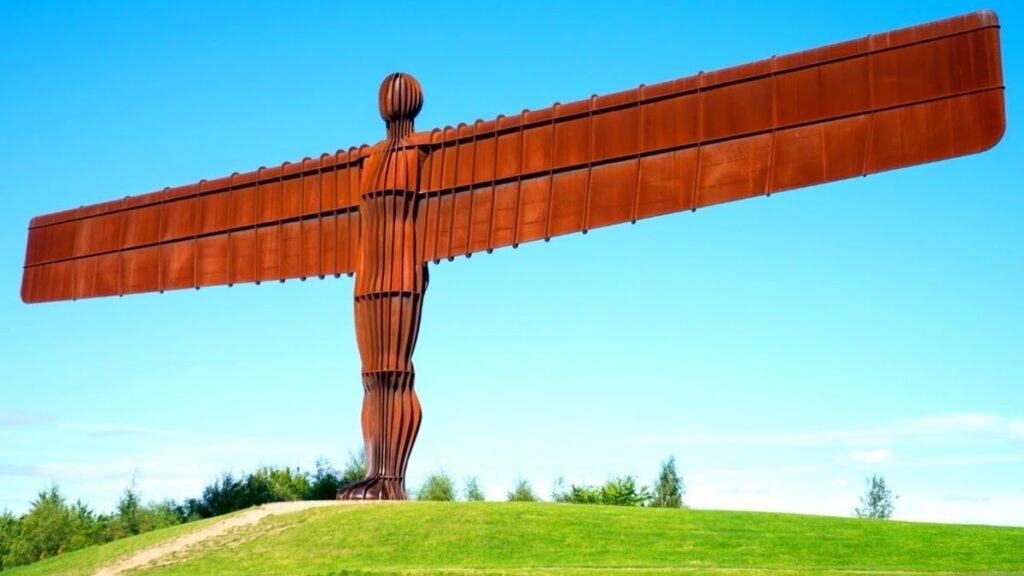
The Angel of the North, located in Gateshead, Tyne and Wear, has become an iconic landmark in the north of England over the last 20 years. Despite initial uncertainty, the statue has won the hearts of the people of Newcastle and is now a beloved symbol of the region. Standing on a low hill, the Angel of the North is not only the largest sculpture in Britain but also the largest angel statue in the world.
The Angel of the North stands atop a hill in England, which was once a hub of industrial activity where miners toiled deep underground to extract iron ore for the shipbuilding industry in Newcastle. This explains why the Angel is constructed entirely from steel.
The Angel of the North was designed by Antony Gormley with the intention of creating a comforting presence as the world transitioned out of the Industrial Revolution. The statue’s location on a hill and its sheer size make it particularly endearing. However, the statue is not lit up at night, so it is best to visit during the day to fully appreciate it. Spend some time with the Angel of the North and soak up its beauty.
Australia
Australian War Memorial
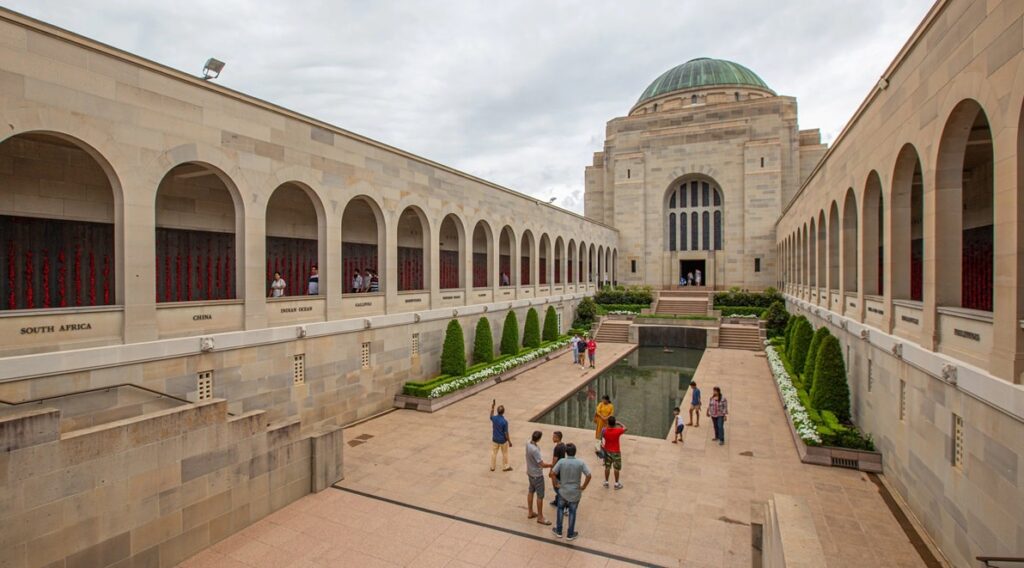
The Australian War Memorial (AWM) is a national museum and war memorial that honors all the Australians who lost their lives in wars. It is situated in Campbell, a suburb of the Australian capital, Canberra. The premises comprise of five buildings and a sculpture garden. The majority of the museum galleries and commemorative areas are located in the Memorial Building.
After the First World War, plans to construct a national war memorial and museum were proposed. The Australian War Memorial (AWM) was established through Commonwealth legislation in 1925. The designs for the building were created by Emil Sodersten and John Crust, but due to the Great Depression, the construction was delayed. In the mid-1930s, work on the Memorial Building resumed and it was officially opened to the public in 1941.
Denton Corker Marshall designed multiple structures on the grounds between the 1980s and 2000s. These structures were constructed to accommodate additional museum exhibits and administrative offices. In 1993, the Tomb of the Unknown Australian Soldier was installed inside the Hall of Memory, located in the Memorial Building.
Shrine of Remembrance
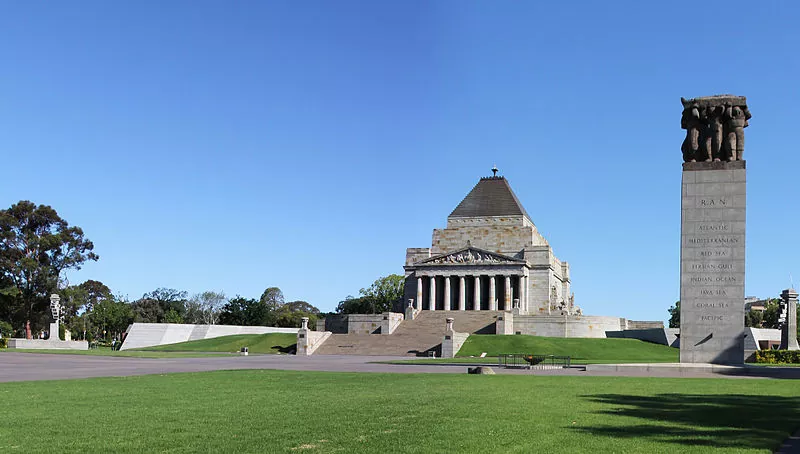
The Shrine of Remembrance, which is situated in Kings Domain on St Kilda Road in Melbourne, Victoria, Australia, is a war memorial that was constructed to honour the men and women of Victoria who served in World War I. However, it now serves as a tribute to all Australians who have served in any war.
It is one of the largest war memorials in Australia and hosts annual observances for Anzac Day (25 April) and Remembrance Day (11 November).
The Shrine was designed by architects Phillip Hudson and James Wardrop, both of whom were veterans of World War I. The Shrine’s classical style was inspired by the Tomb of Mausolus at Halicarnassus and the Parthenon in Athens, Greece. At the top of the ziggurat roof is a crowning element that references the Choragic Monument of Lysicrates. The Shrine was built from Tynong granite and originally consisted only of the central sanctuary surrounded by the ambulatory.
The sanctuary houses the marble Stone of Remembrance, on which the words “Greater love hath no man” are engraved. Every year, on 11 November at 11 a.m. (Remembrance Day), a ray of sunlight shines through an opening in the roof, illuminating the word “Love” in the inscription. Below the sanctuary, there is a crypt that contains a bronze statue of a father and son soldier, along with panels that list every unit of the Australian Imperial Force.
Canada
National War Memorial
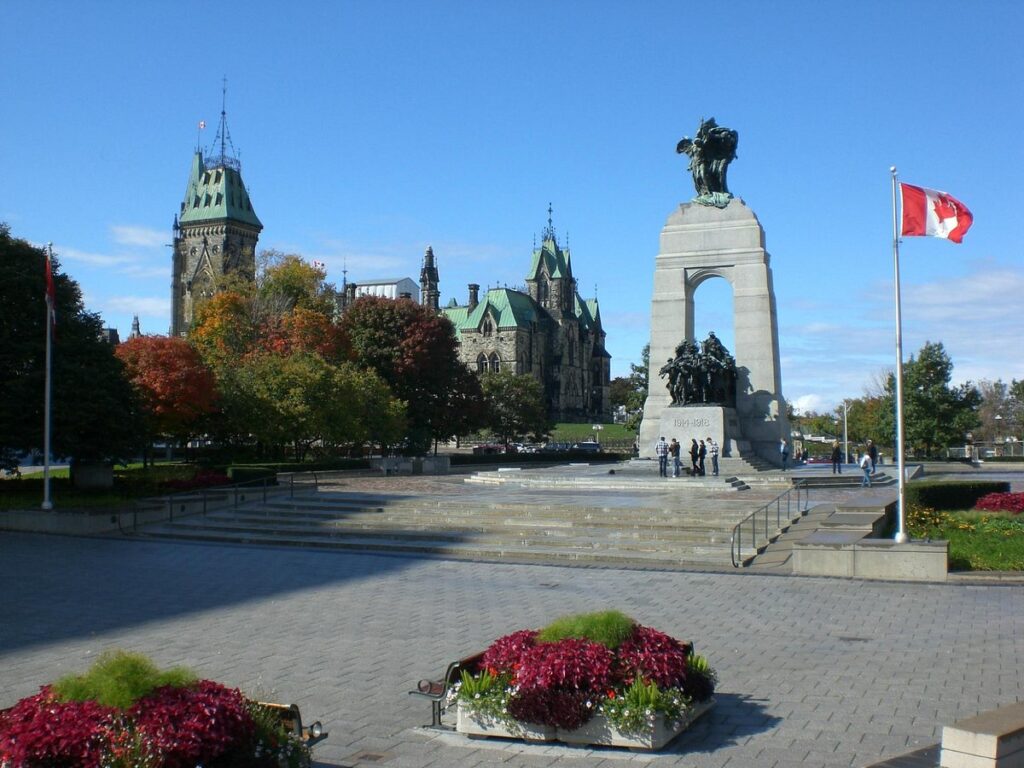
The Response, a tall granite memorial arch in Ottawa, Ontario, is part of the National War Memorial. It was created by Vernon March and initially dedicated by King George VI in 1939. Initially constructed as a memorial for Canadians lost in the First World War, it was re-dedicated in 1982 to honour those who died in the Second World War, the Korean War, the Second Boer War, the War in Afghanistan, and all Canadians lost in all previous and upcoming conflicts.
As of right now, out of all 76 cenotaphs in Canada, it is the most notable war memorial. The tomb of the Unknown Soldier, which was erected in front of the memorial in 2000, represents all Canadians who have given their lives or may give their lives in the future in defence of their nation.
Here are famous memorials across the USA, UK, Australia and Canada. These memorials are a sign of remembrance of bravery and achievements.